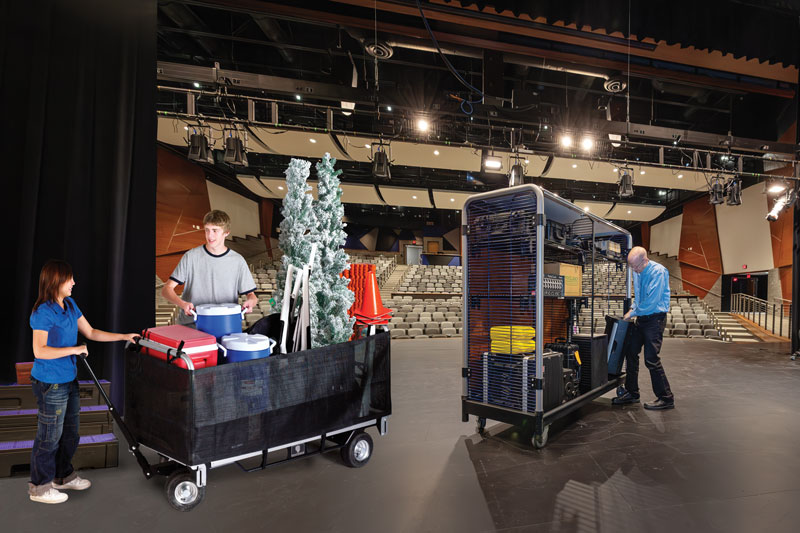 Type “flash mob orchestra” into the YouTube search bar and you’ll find nearly 600,000 results. It seems like any self-respecting orchestra has staged a flash mob, with music ranging from American in Paris to Thus Spoke Zarathustra. Opera companies, choirs, bands have also gotten into act. Type “flash mob ballet” and you’ll find almost 170,000 results.
Type “flash mob orchestra” into the YouTube search bar and you’ll find nearly 600,000 results. It seems like any self-respecting orchestra has staged a flash mob, with music ranging from American in Paris to Thus Spoke Zarathustra. Opera companies, choirs, bands have also gotten into act. Type “flash mob ballet” and you’ll find almost 170,000 results.
What’s behind the rise in performing arts flash mobs? This is not a scientific inquiry…just five points to consider.
1. Music is Portable. People are accustomed to mobile, individual music experiences today, courtesy of iPods and other personal listening devices. We expect our music to follow us everywhere. Orchestras don’t want to be left behind, confined to sterile concert halls isolated from the rest of society. Musicians who want attention must sometimes visit listeners in their own natural environments.
2. Barriers are Broken Down. For the arts to survive and thrive, they need to be woven into our everyday lives. What better way to illustrate this than a flash mob inserting the performing arts into “routine” daily activities like shopping or commuting? Such spontaneous performances unite the crowd of individuals into an audience. Without an audience, is there ever really a performance?
3. It’s a Top-Secret Mission. Most musicians have never undertaken espionage activities or counter-intelligence operations. (The 2nd Oboe Rebellion of 1973 doesn’t count.) In fact, many performers would describe themselves as introverts. The excitement of launching a flash mob, perhaps even while disguised as mild-mannered citizens, may satisfy an artists’ craving for more thrilling careers.
4. Stop, Look and Listen! Staging flash mobs fuels our culture’s interest in documenting experiences with videos and photos, evidenced by the ubiquitous “selfie” photograph. For those documenting flash mobs, the implied message is often “Look at this cool, spontaneous performance I saw!” Professor Sherry Turkle wrote in The New York Times recently about selfies; she believes they “make us accustomed to putting ourselves and those around us ‘on pause’ in order to document our lives.”
5. On Hold for a Performance? But does everyone in the flash mob’s audience pause and pay attention? Seeing the crowd’s reaction is very interesting. Some people stop and become fully engaged; others just briefly recognize the event before resuming their busy schedules. If you’ve witnessed such a flash mob, consider your own response and this analogy: If a stranger interrupted your commute, trying to hand you a $1 bill, would you stop to accept it? Yes, of course! Then why do so many people fail to pause and accept the free gift of performing arts in a flash mob?









